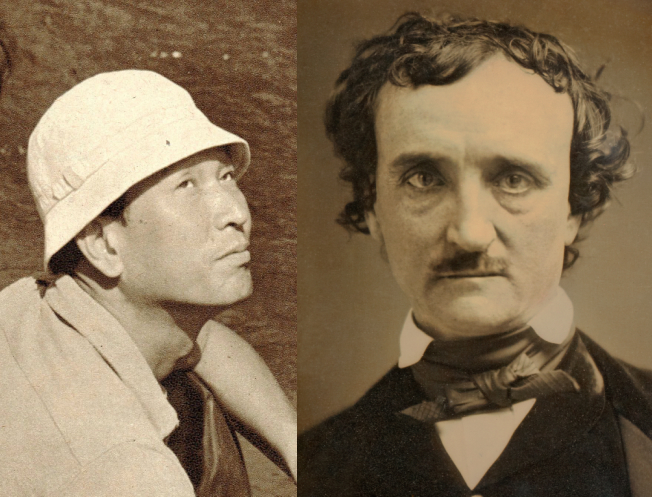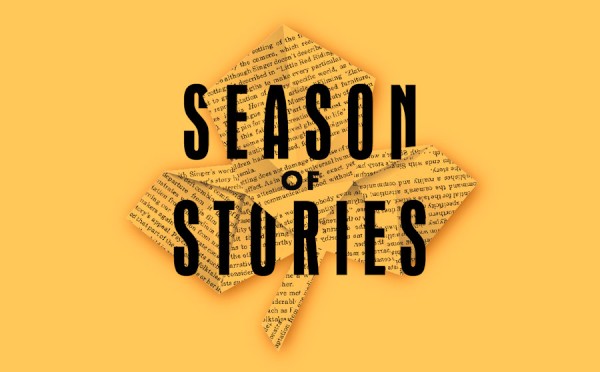Haruki Murakami has a special way of inspiring his fans. I write these very words, in fact, from a coffee shop in Seoul not just stocked with his books and the music referenced in them but named after the jazz bar he ran in Tokyo in the 1970s before becoming a writer. But each fan builds their own kind of monument to the author of Norwegian Wood, Hard-Boiled Wonderland and the End of the World, The Wind-Up Bird Chronicle, and other novels with a sensibility all their own. The Murakami-heads (or perhaps Harukists) at Vancouver-based studio Bit Byterz have chosen to pay elaborate tribute to Murakami by recreating his uncanny world with an adventure game called Memoranda.
You may remember this project from when we featured its Kickstarter drive back in 2015. Bit Byterz ended up raising about $20,000, enabling them to release Memoranda this year. You can buy it on Steam, or first view the launch trailer above and get a sense of what The Verge’s Andrew Webster describes as a game “inspired in large part by Murakami’s stories” which “centers on a young woman in a vaguely European town who has lost her memory — she doesn’t even remember her name. (The title, Memoranda, refers to the sticky notes she uses to remind herself of important things.)” While not a direct adaptation of any one work of Murakami’s in particular, its locations, its characters, and above all its atmosphere come drawn from the same — to use a highly appropriate metaphor — well.
“I started with one of his short stories, and gradually added characters from other short stories,” lead developer Sahand Saedi told Waypoint’s John Robertson. “I tried to bring over the surreal atmosphere, as well as the lonely and strange characters from the stories, and hope that the gamer will feel like they are living in one of these stories while playing.” Robertson describes Memoranda as “an adventure game in the most traditional sense, in terms of interaction and pacing. While it might be taking an enlightened path to adapting one medium into another, it follows well-trodden game design routes, and sticks to established rules. You click on items or pick them up, observe them or interact with them, saving key examples to your inventory for later use in puzzles that are often abstract in their construction.”
And so Memoranda at once pays homage to the distinctive reality — or rather unreality — of Murakami’s fiction and to the distinctive gaming experience of point-and-click adventure games, the genre that first took shape on home computers in the 1980s and produced the likes of Maniac Mansion, the King’s Quest series (not to mention all of Sierra On-Line’s other Quests), the Monkey Island series, and Myst. More recently it has undergone something of a renaissance thanks to crowdfunding services like Kickstarter, ever since respected point-and-click adventure game designer Tim Schafer raised $3.45 million to fund 2015’s Broken Age. Bit Byterz may have had only a small fraction of that budget to work with, but they know, as every avid Murakami reader knows, that mere money can’t buy uncanniness.
Related Content:
New Video Game Inspired by 20 Haruki Murakami Stories Is Coming Your Way: Help Kickstart It
Read 5 Stories By Haruki Murakami Free Online (For a Limited Time)
A Photographic Tour of Haruki Murakami’s Tokyo, Where Dream, Memory, and Reality Meet
Based in Seoul, Colin Marshall writes and broadcasts on cities and culture. He’s at work on a book about Los Angeles, A Los Angeles Primer, the video series The City in Cinema, the crowdfunded journalism project Where Is the City of the Future?, and the Los Angeles Review of Books’ Korea Blog. Follow him on Twitter at @colinmarshall or on Facebook.




